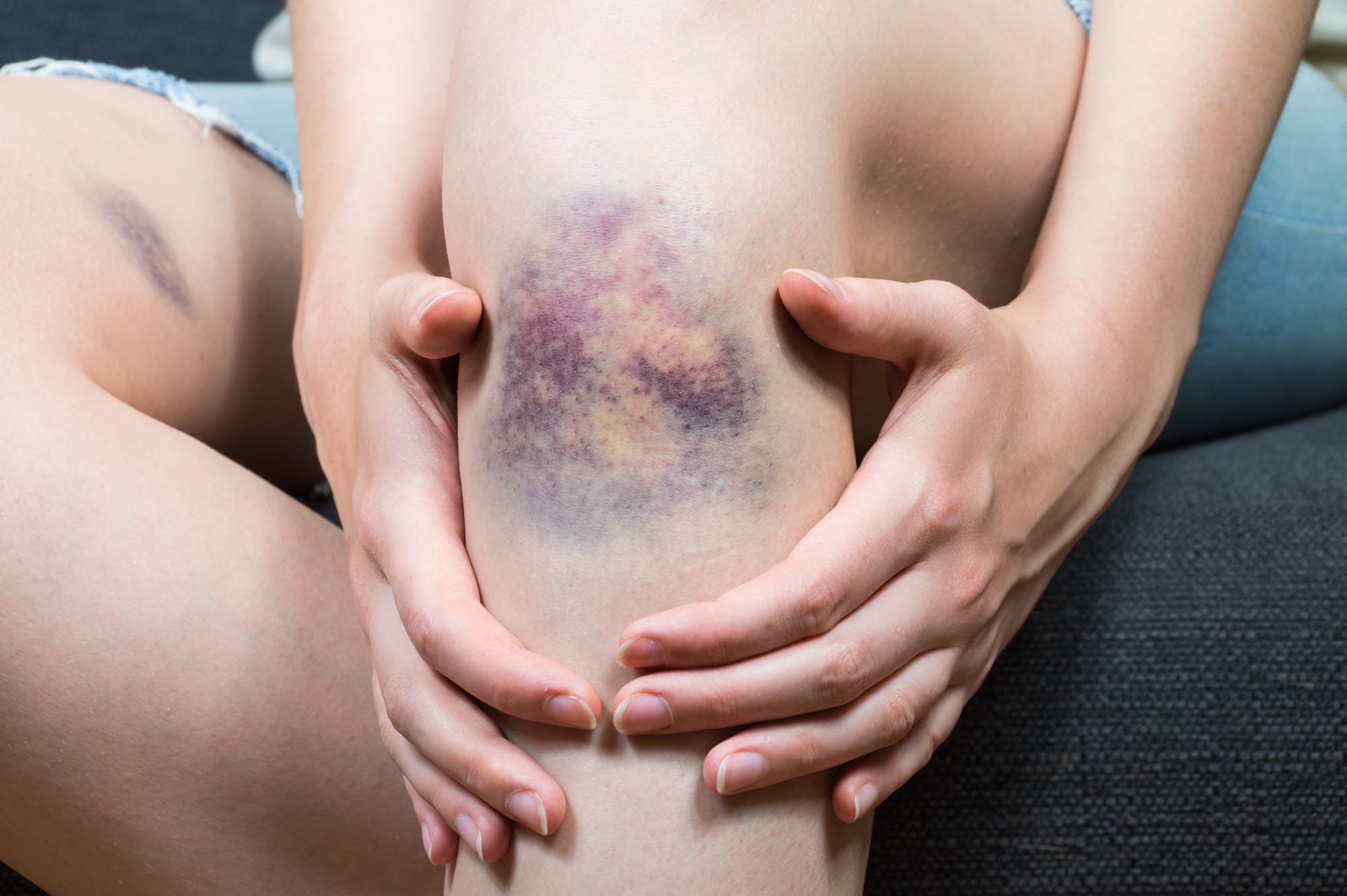Did you know there are approximately 24.8 million hospital admissions for accidental injuries each year?
If you’ve been in an accident, there’s a fair chance you’ve suffered a bone bruise. While the symptoms of a bruise can be painful, there are a few things you can do to speed up the healing and recovery process.
This guide explains the proactive steps you can take following a bone bruise. With these good practices, you can get back to your everyday routines as fast as possible.
Read on for everything you need to know.
What Is a Bone Bruise?
A bone bruise – also known as a bone contusion – is a traumatic injury that involves the breakdown of capillaries and blood vessels in the affected area. Blood then leaks into surrounding tissues, causing inflammation and pain. Unlike regular bruises, bone contusions don’t always leave a visible mark on the skin.
When you get a fracture, you do considerable damage to the tissues in your bones, producing a fissure that is x-ray-visible. Bone bruises frequently cause micro-fractures that are too small to show up during an x-ray.
Nonetheless, this causes blood to accumulate around the compact bone, a condition known as a subperiosteal hematoma. This can cause inflammation around the bone, ligaments, tendons, and cartilage in the affected area. An intraosseous bruise happens when bleeding occurs in the softer core of your bone.
Bone Bruise Symptoms
If you think you have suffered a bone contusion, you should seek medical advice immediately. The earlier a bone bruise is detected, the better the chances of a full recovery. The symptoms of a bruise include:
- Pain beneath the skin
- Inflammation and swelling at the injury site
- Bruising of the skin
- Persistently stiff joints
- Hard tissue around the injured bone
- Pain when moving the affected area
Bone contusions typically hurt for longer than soft tissue injuries. If you are still in pain weeks after the incident, go to your doctor for a bone bruise check.
Effective Bruise Treatment
If you have a bruise to the bone, your doctor may recommend various treatments to help with recovery.
Generally, you should try to avoid using the affected area whenever possible. Get as much bed rest as you can to allow the contusion to heal fully. Using an ice pack throughout the day can help reduce pain and inflammation, especially when coupled with NSAID painkillers, such as ibuprofen.
If it’s practical, you may be prescribed a cast or brace to hold the bone in place. This will allow the bone bruise to heal much faster. Your doctor will provide you with a recovery timeline based on the severity of your injuries. If necessary, they will refer you for orthopedic surgery.
Understanding Bone Contusions
If you have a bone bruise, your road to recovery depends on several factors. The main takeaway is to consult with a medical professional. They will provide you with case-specific advice and treatment plans.
We hope this guide has helped clarify the facts about bone bruises. While the condition can be painful, you should be able to make a full recovery with a physician’s advice.
Did you find this article informative? If yes, check out the rest of our blog for more advice.







